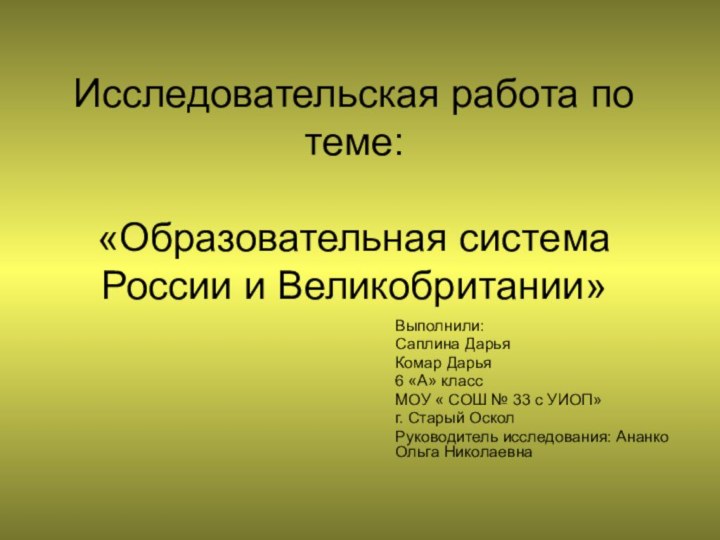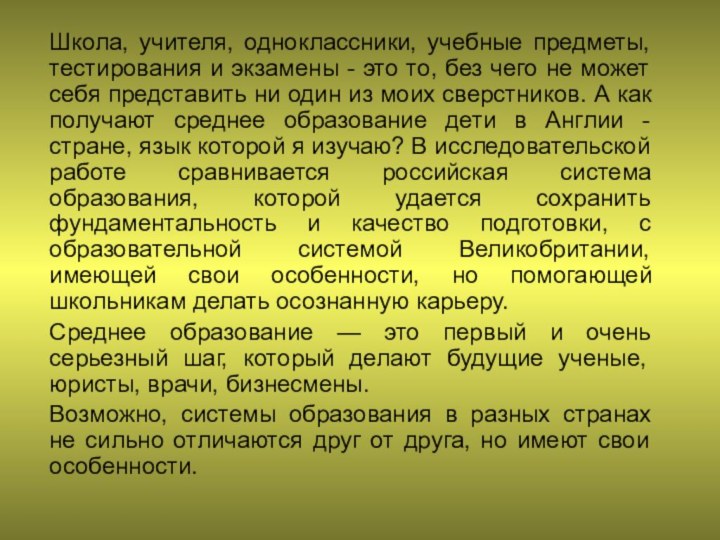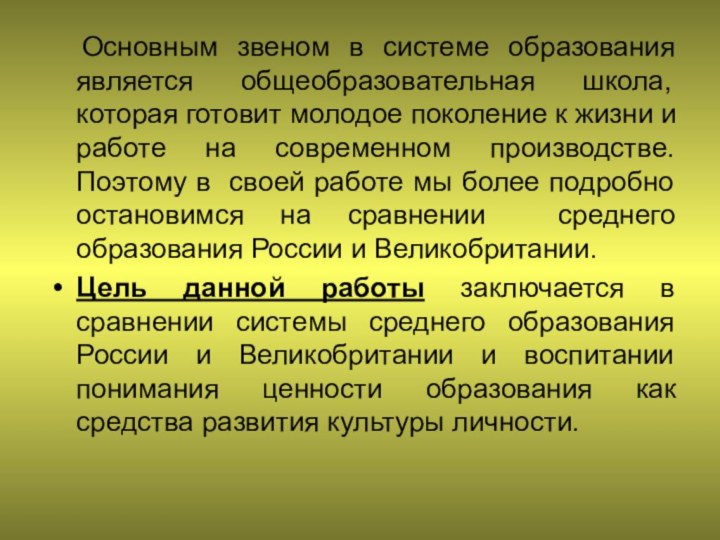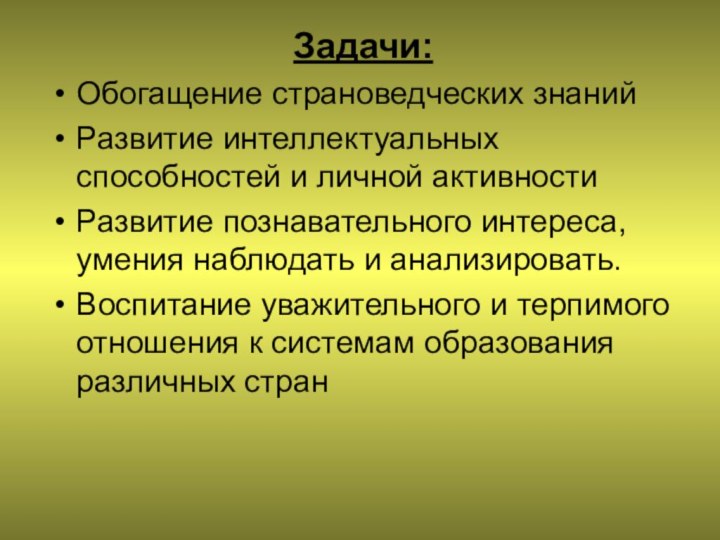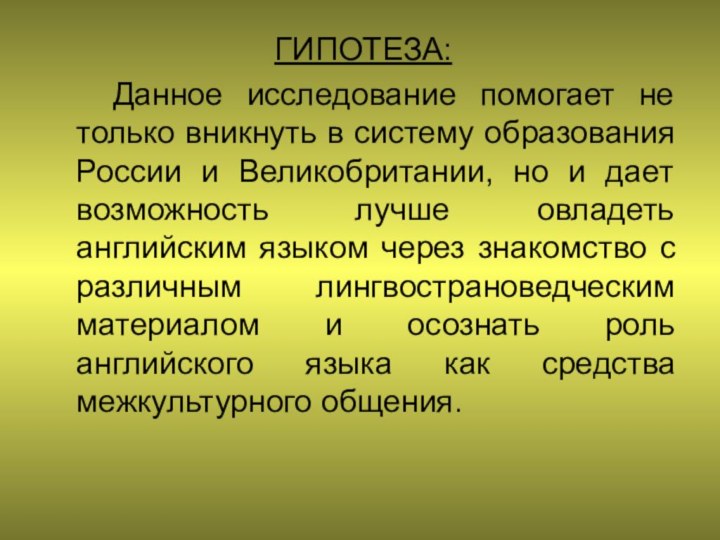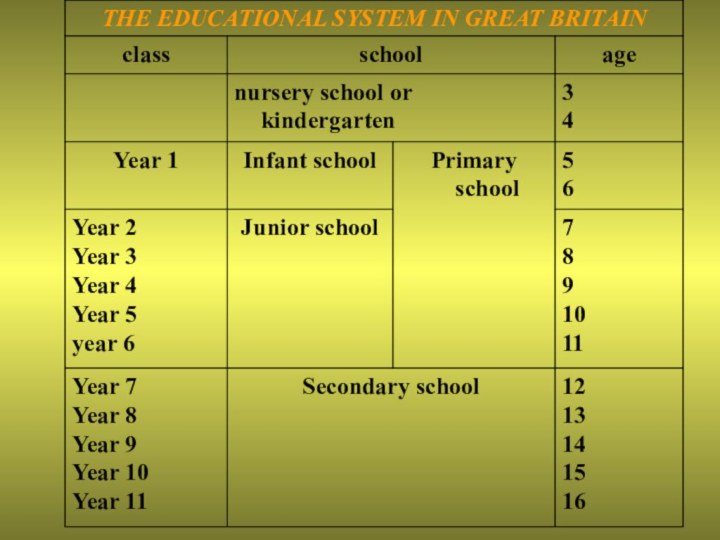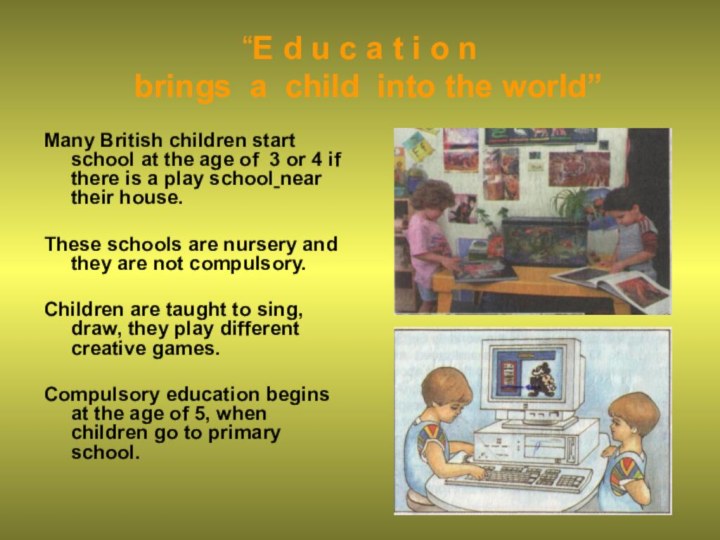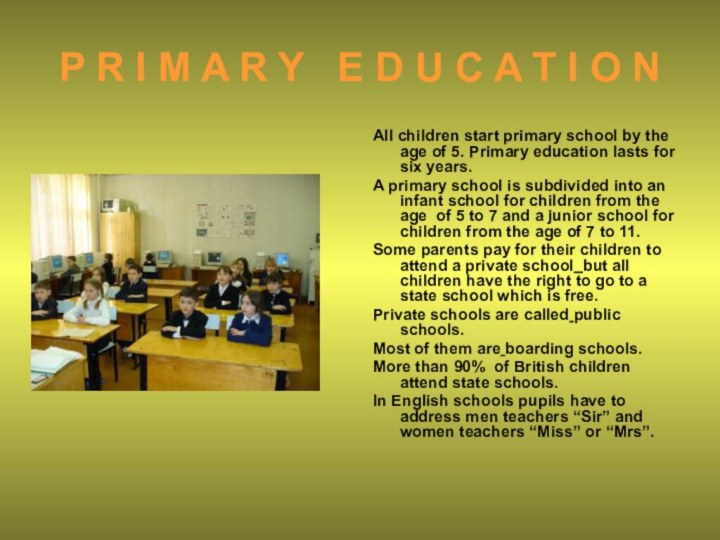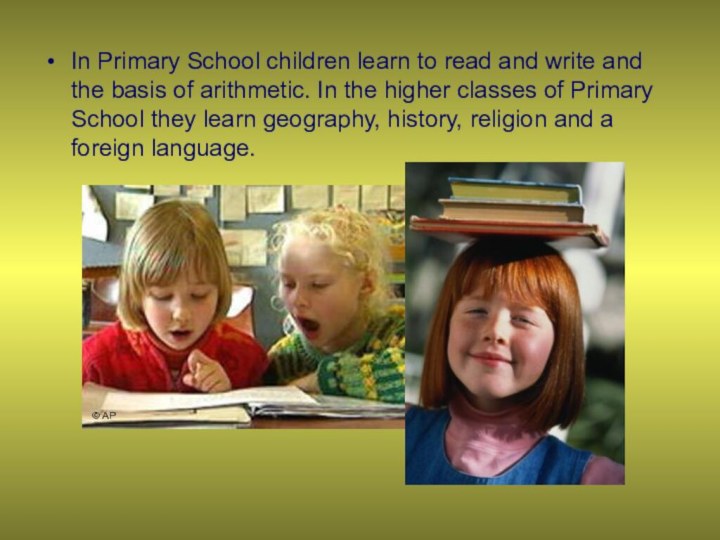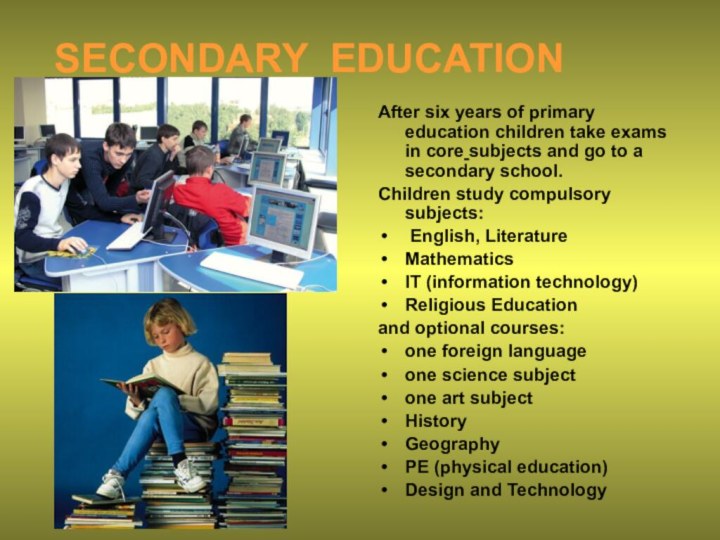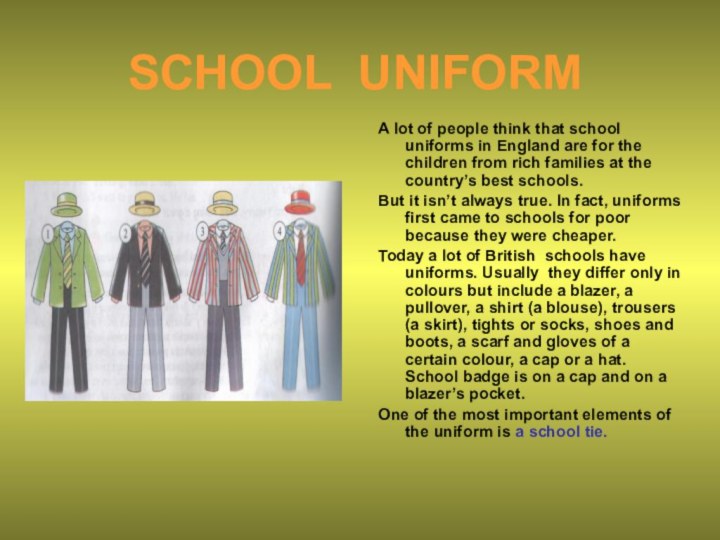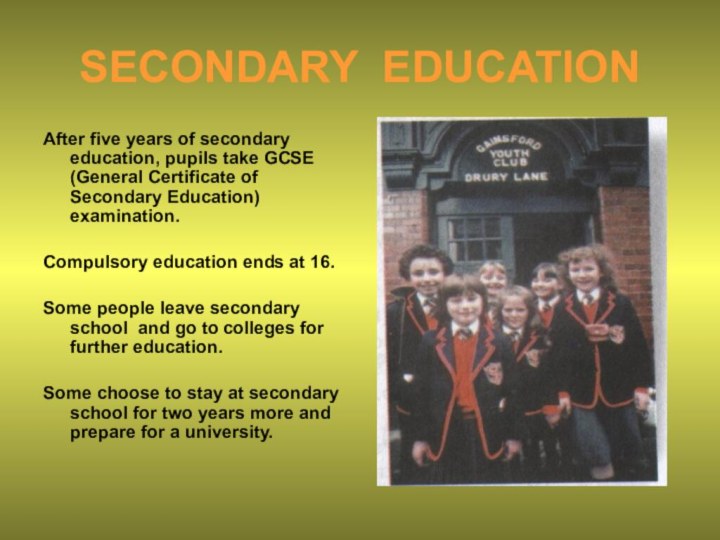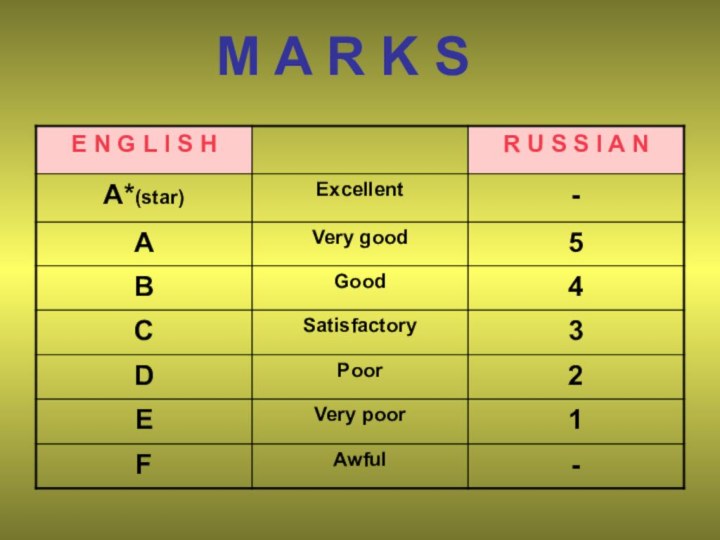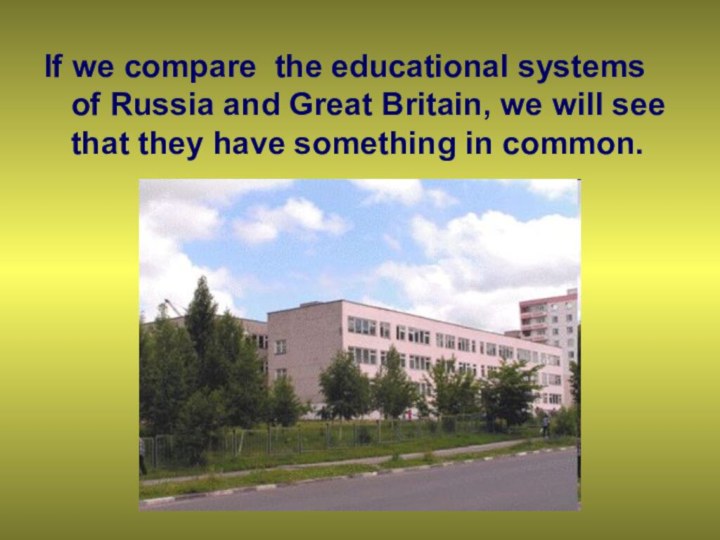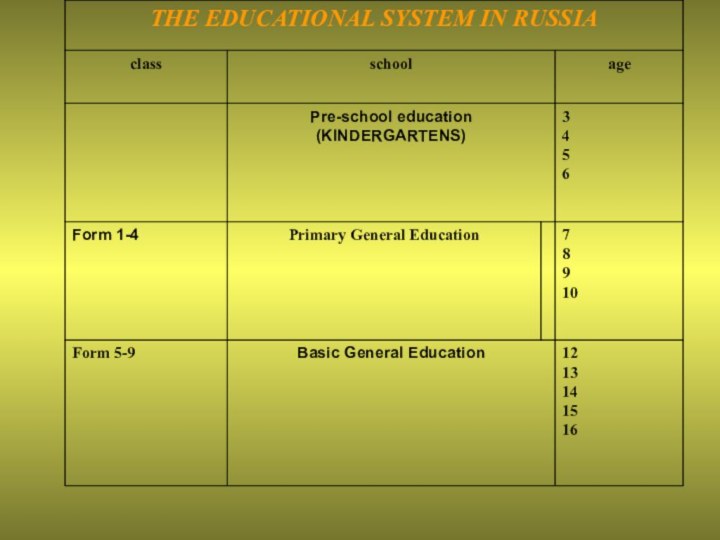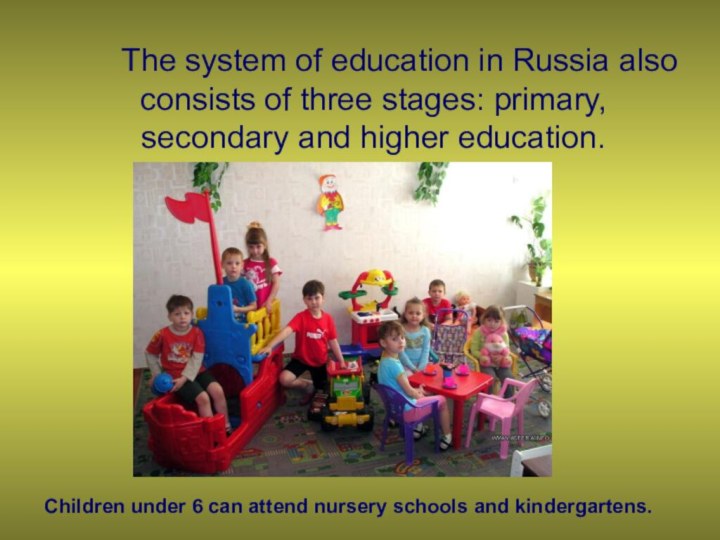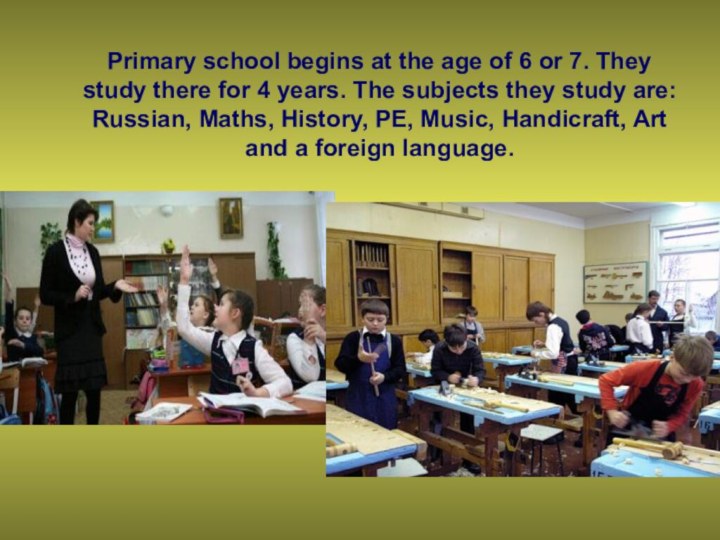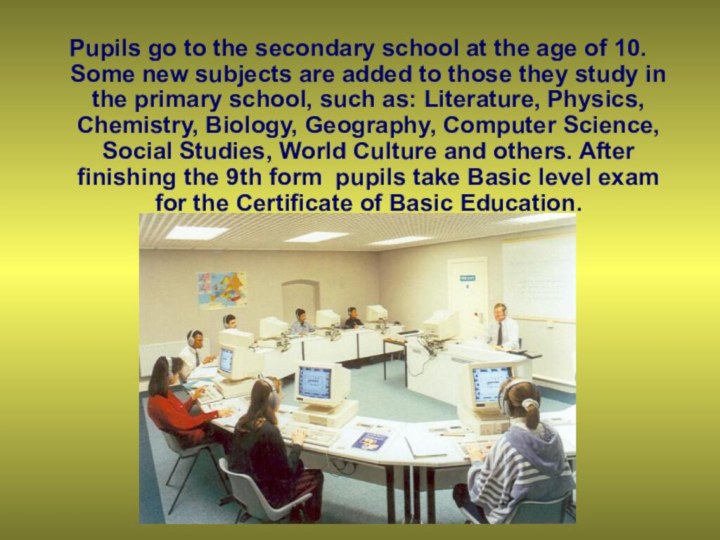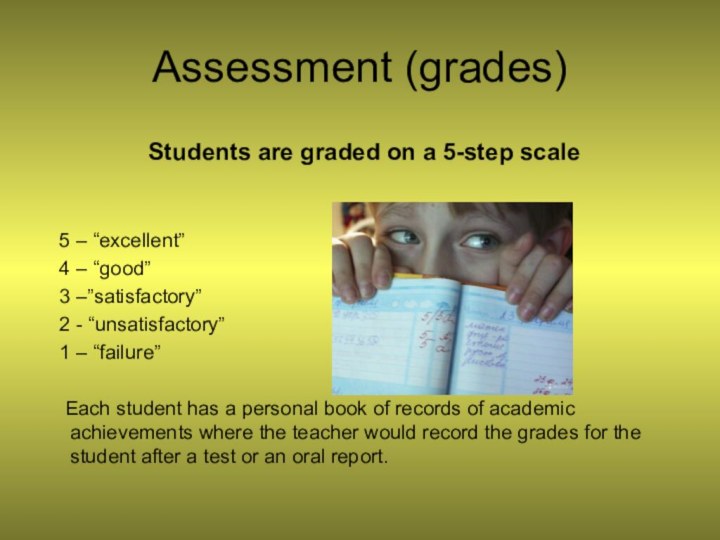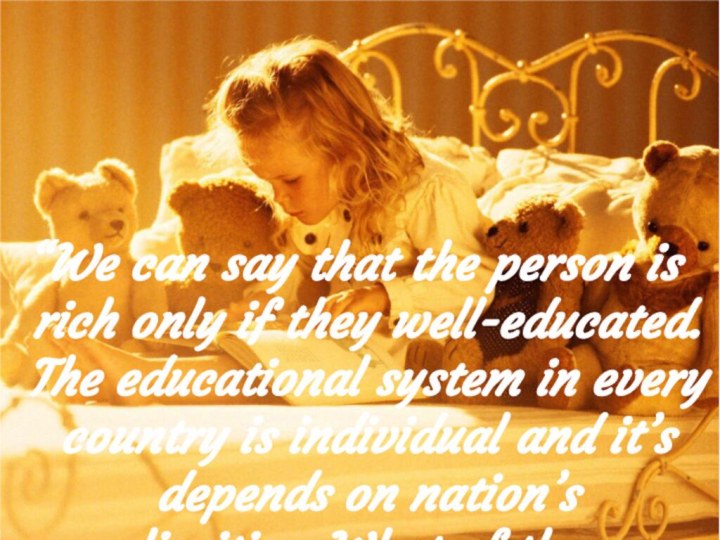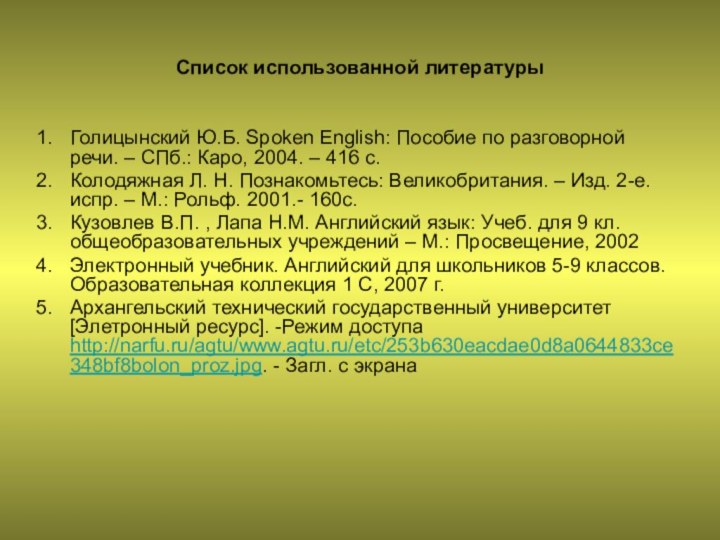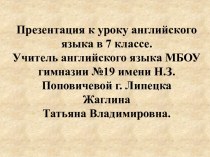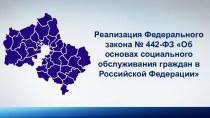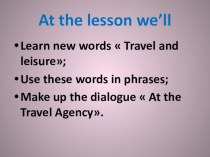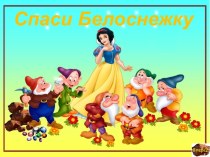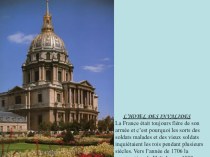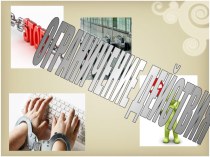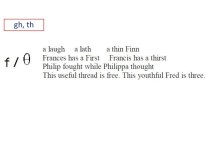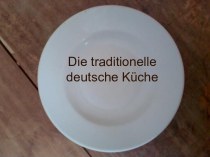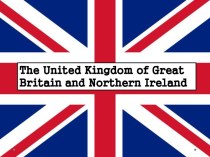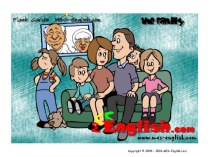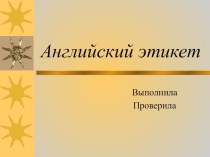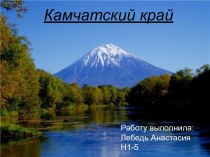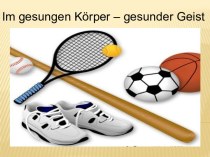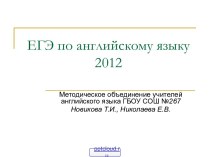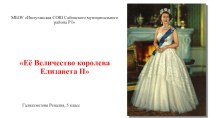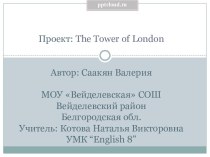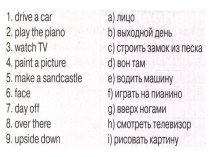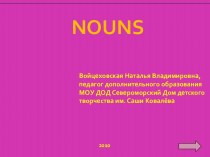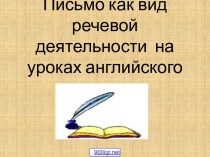Слайд 2
Школа, учителя, одноклассники, учебные предметы, тестирования и экзамены
- это то, без чего не может себя представить
ни один из моих сверстников. А как получают среднее образование дети в Англии - стране, язык которой я изучаю? В исследовательской работе сравнивается российская система образования, которой удается сохранить фундаментальность и качество подготовки, с образовательной системой Великобритании, имеющей свои особенности, но помогающей школьникам делать осознанную карьеру.
Cреднее образование — это первый и очень серьезный шаг, который делают будущие ученые, юристы, врачи, бизнесмены.
Возможно, системы образования в разных странах не сильно отличаются друг от друга, но имеют свои особенности.
Слайд 3
Основным звеном в системе образования является общеобразовательная
школа, которая готовит молодое поколение к жизни и работе
на современном производстве. Поэтому в своей работе мы более подробно остановимся на сравнении среднего образования России и Великобритании.
Цель данной работы заключается в сравнении системы среднего образования России и Великобритании и воспитании понимания ценности образования как средства развития культуры личности.
Слайд 4
Задачи:
Обогащение страноведческих знаний
Развитие интеллектуальных способностей и личной активности
Развитие
познавательного интереса, умения наблюдать и анализировать.
Воспитание уважительного и терпимого
отношения к системам образования различных стран
Слайд 5
ГИПОТЕЗА:
Данное исследование помогает не только
вникнуть в систему образования России и Великобритании, но и
дает возможность лучше овладеть английским языком через знакомство с различным лингвострановедческим материалом и осознать роль английского языка как средства межкультурного общения.
Слайд 6
GREAT BRITAIN
RUSSIA
The Educational System in
Слайд 8
“E d u c a t i o
n
brings a child into the world”
Many British
children start school at the age of 3 or 4 if there is a play school near their house.
These schools are nursery and they are not compulsory.
Children are taught to sing, draw, they play different creative games.
Compulsory education begins at the age of 5, when children go to primary school.
E D U C A T I O N
All
children start primary school by the age of 5. Primary education lasts for six years.
A primary school is subdivided into an infant school for children from the age of 5 to 7 and a junior school for children from the age of 7 to 11.
Some parents pay for their children to attend a private school but all children have the right to go to a state school which is free.
Private schools are called public schools.
Most of them are boarding schools.
More than 90% of British children attend state schools.
In English schools pupils have to address men teachers “Sir” and women teachers “Miss” or “Mrs”.
Слайд 10
In Primary School children learn to read and
write and the basis of arithmetic. In the higher
classes of Primary School they learn geography, history, religion and a foreign language.
Слайд 11
The most famous public schools in Britain are
Eton, Harrow, Winchester.
A year at Eton costs 17,000 pounds.
It is very old, and a lot of important people used to be students there. It is an all-boys school.
Prince William, the Queen’s grandson, went to Eton too.
IT"S INTERESTING
Слайд 12
SECONDARY EDUCATION
After six years of primary education
children take exams in core subjects and go to
a secondary school.
Children study compulsory subjects:
English, Literature
Mathematics
IT (information technology)
Religious Education
and optional courses:
one foreign language
one science subject
one art subject
History
Geography
PE (physical education)
Design and Technology
Слайд 13
SCHOOL UNIFORM
A lot of people think that school
uniforms in England are for the children from rich
families at the country’s best schools.
But it isn’t always true. In fact, uniforms first came to schools for poor because they were cheaper.
Today a lot of British schools have uniforms. Usually they differ only in colours but include a blazer, a pullover, a shirt (a blouse), trousers (a skirt), tights or socks, shoes and boots, a scarf and gloves of a certain colour, a cap or a hat. School badge is on a cap and on a blazer’s pocket.
One of the most important elements of the uniform is a school tie.
Слайд 14
School tie – у англичан есть выражение ”To
be true to your school tie”-
“Быть верным своему
школьному галстуку”.Это означает, что и через много лет выпускники сохраняют верность своим школьным друзьям и всегда готовы помочь им.
Для выпускников престижных частных школ такой галстук является не только символом дружбы и взаимопомощи, но и пропуском в общество самых известных и влиятельных людей страны.
IT"S INTERESTING
Слайд 15
SECONDARY EDUCATION
After five years of secondary education, pupils
take GCSE (General Certificate of Secondary Education) examination.
Compulsory education
ends at 16.
Some people leave secondary school and go to colleges for further education.
Some choose to stay at secondary school for two years more and prepare for a university.
Слайд 16
M A R K S
EXELLENT
VERY GOOD
Satisfactory
Poor
Very poor
Awful
GOOD
Слайд 17
If we compare the educational systems of Russia
and Great Britain, we will see that they have
something in common.
education in Russia also consists of three stages: primary,
secondary and higher education.
Children under 6 can attend nursery schools and kindergartens.
Слайд 21
Primary school begins at the age
of 6 or 7. They study there for 4
years. The subjects they study are: Russian, Maths, History, PE, Music, Handicraft, Art and a foreign language.
Слайд 22
Pupils go to the secondary school at
the age of 10. Some new subjects are added
to those they study in the primary school, such as: Literature, Physics, Chemistry, Biology, Geography, Computer Science, Social Studies, World Culture and others. After finishing the 9th form pupils take Basic level exam for the Certificate of Basic Education.
Слайд 23
School Uniform In Russia
Today a
lot of Russian schools have uniforms. Each school has
it’s own uniform. Usually it differs in colours, girls wear a blouse, a skirt or a sundress (a sarafan), a vest or a jacket, boys wear a shirt and trousers, a tie and a jacket. In some schools girls wear a dark dress with a black apron or a white one.
Слайд 24
Assessment (grades)
Students are graded on a 5-step
scale
5 – “excellent”
4 – “good”
3 –”satisfactory”
2 - “unsatisfactory”
1 – “failure”
Each student has a personal book of records of academic achievements where the teacher would record the grades for the student after a test or an oral report.
Слайд 25
“We can say that the person is rich
only if they well-educated. The educational system in every
country is individual and it’s depends on nation’s peculiarities. What of them are the best you may decide!”
